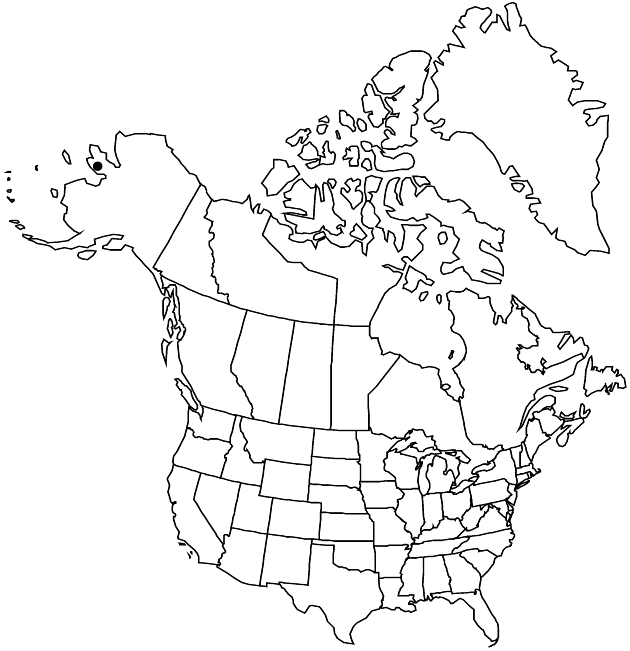Difference between revisions of "Senecio cannabifolius"
Linnaea 6: 242. 1831.
FNA>Volume Importer |
FNA>Volume Importer |
(No difference)
| |
Revision as of 18:41, 24 September 2019
Perennials, (50–)100–150+ cm (rhizomes fibrous-rooted). Herbage unevenly tomentose, glabrescent, except persistently hairy on abaxial faces of leaves. Stems single. Leaves ± evenly distributed (basal and proximal withering before flowering); mostly petiolate (proximal); blades oblong or ovate to oblong-lanceolate (pinnately or subpalmately parted, primary lobes 3–6+, lanceolate to lance-linear, 3–8+ cm), 10–20+ × 8–15+ cm, bases ± tapered, ultimate margins serrate (distal leaves similar, sessile, smaller). Heads 20–50 in corymbiform arrays. Calyculi 0 or of 1–5+ subulate bractlets (lengths about 1/3 phyllaries). Phyllaries ± 13, 4–6 mm, tips green. Ray florets ± 5; corolla laminae ca. 10 mm. Cypselae glabrous. 2n = 40.
Phenology: Flowering summer.
Habitat: Open meadows and slopes
Elevation: 0–100 m
Distribution

Alaska, Eurasia.
Discussion
Senecio cannabifolius barely enters the flora from far-eastern Asia. Infraspecific taxa are recognized within S. cannabifolius in some floras of Asiatic regions; our plants are referable to var. cannabifolius.
Senecio cannabifolius has been treated in Jacobaea by E. Wiebe (2000); see discussion under 53. S. jacobaea.
Selected References
None.